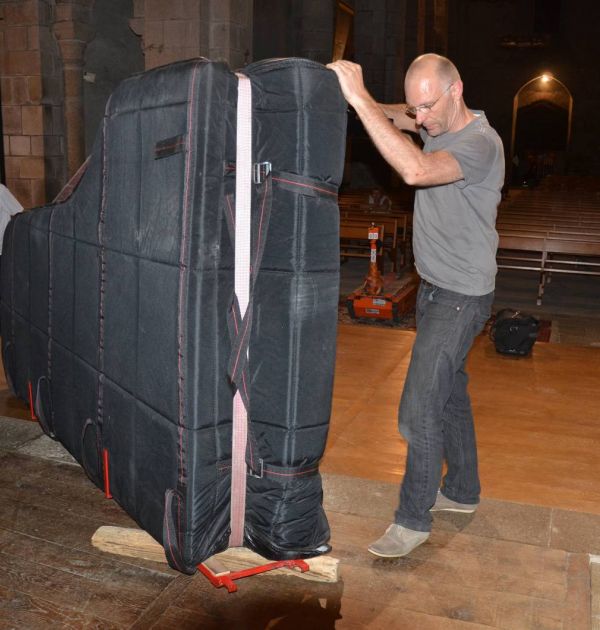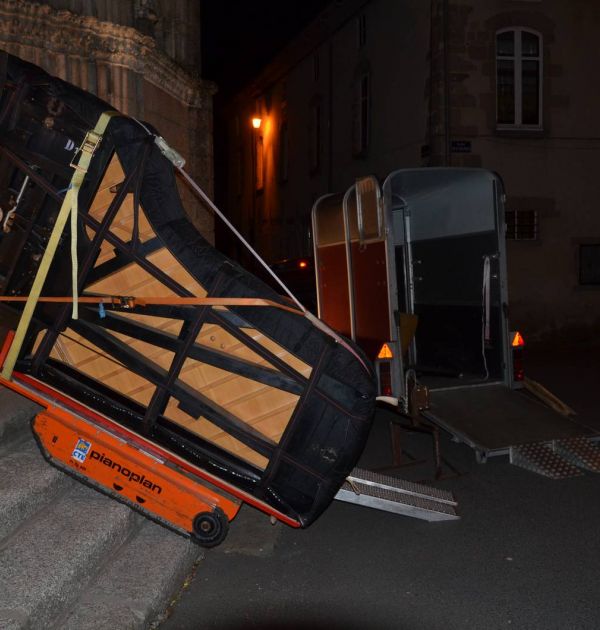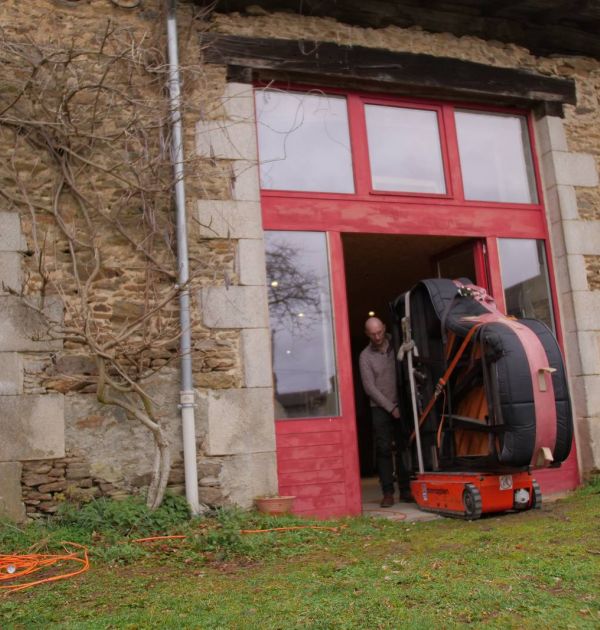Restoration of the case and the woodwork.
From simple tuning to a complete renovation
Restoration
RESTORATION
Every piano restoration is carried out after a detailed examination of the instrument in order to be able to accurately estimate the amount of work to be done and to give the owner a choice of options within their budget. A written estimate is then issued. There are three major categories of restoration:
Restoration of the frame, that is to say the part of the piano that produces the sound (the soundboard, strings, bridges, pin block).
Restoration of the action of the piano (keyboard, hammers, dampers, wippens).
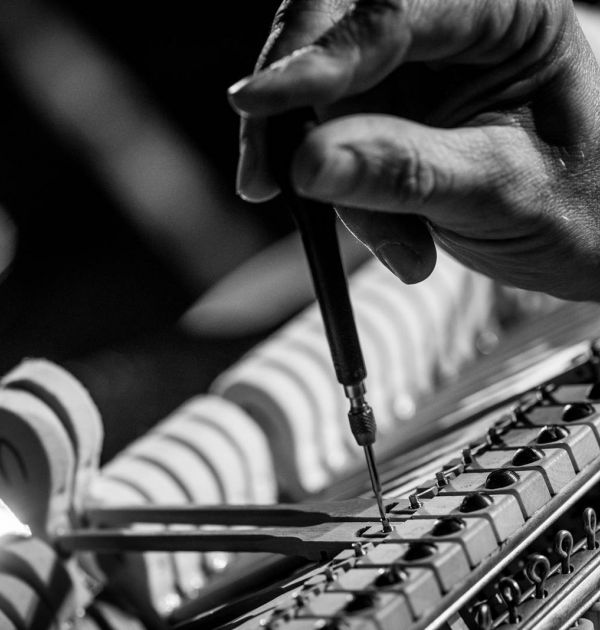
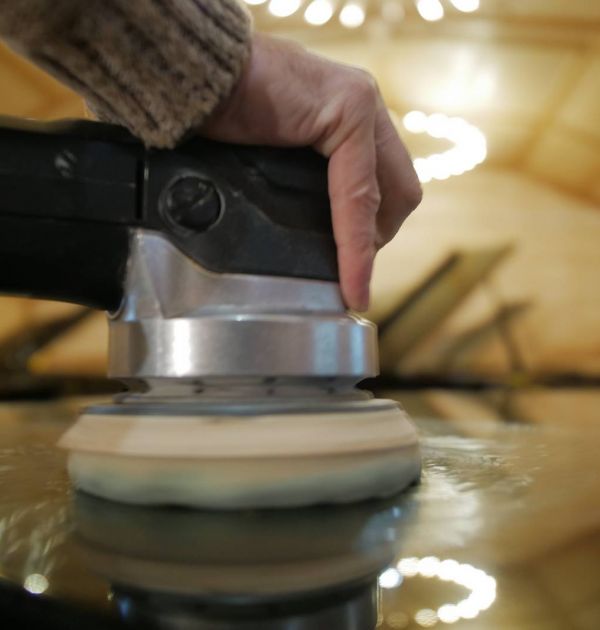
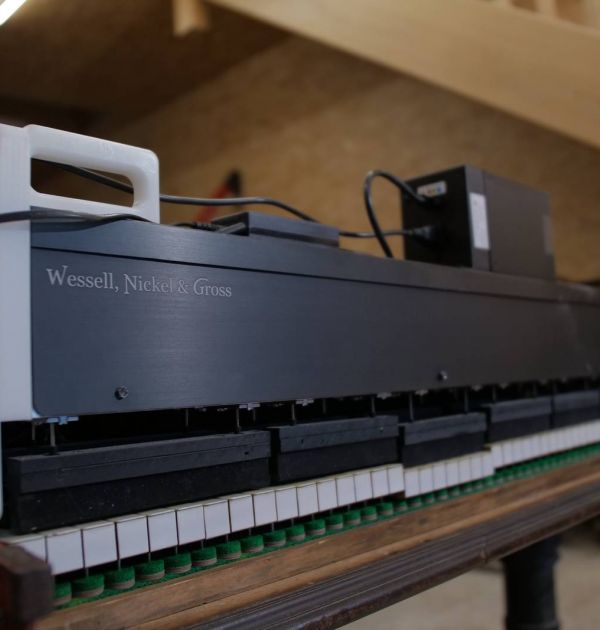
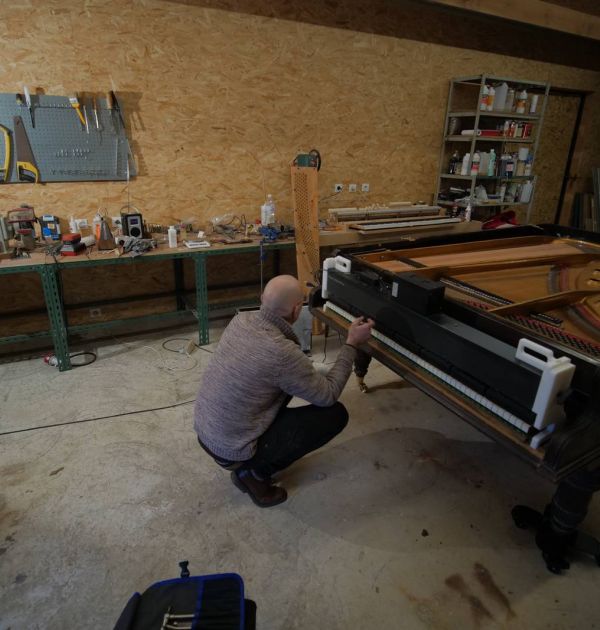
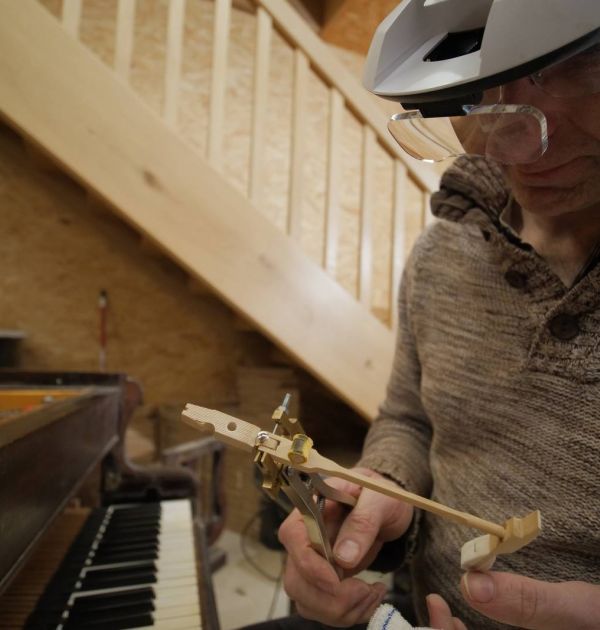
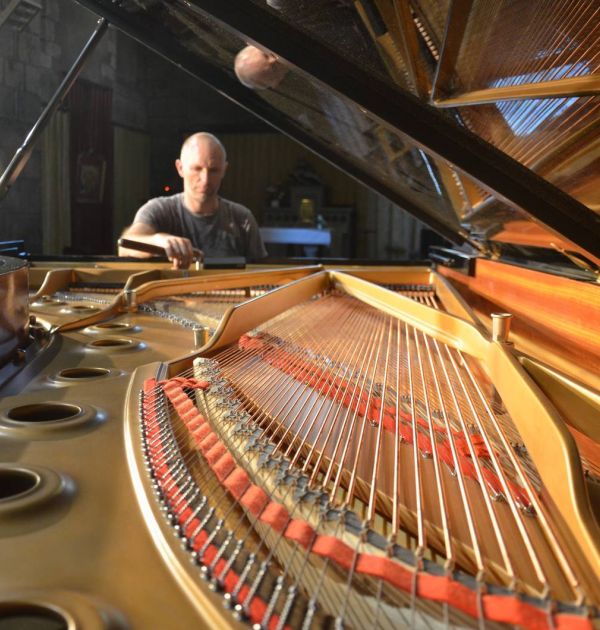
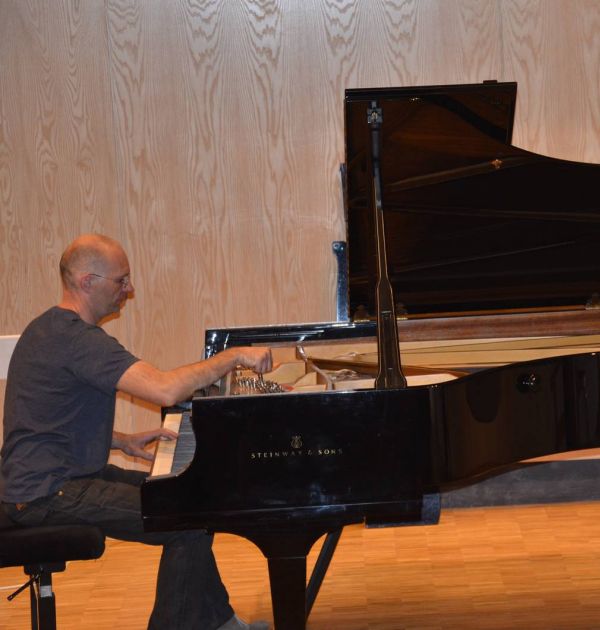

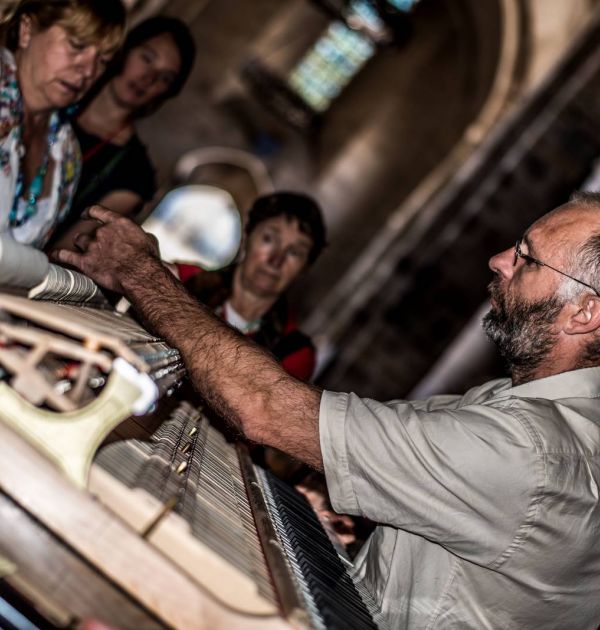

TUNING
Tuning consists of adjusting the tension of the strings of the instrument, some 220 in all. It is a job of maintenance to be carried out on a piano at least once a year. It is the case that the strings have a natural tendency to slacken, whether or not one is using the instrument. This phenomenon is even more prevalent when the piano is subject to extremes of temperature and humidity.
Therefore, if one waits too long between two tunings the operation of re-establishing the correct tension of each string becomes difficult and it is therefore often necessary to carry out two consecutive tunings (or even more in extreme cases) to obtain an acceptable result. There is also an increased risk of strings breaking when they are exposed to wide and sudden variations in tension.
This basic yearly tuning may not be sufficient if the piano holds its tuning badly or if it is moved. Similarly, a frequently used instrument goes out of tune quicker than one that is used less.
ADJUSTEMENT OF THE PIANO MECHANISM
A piano’s mechanism consists of more than 3,000 pieces of wood, felt, pins and thin brass springs. This ensemble works entirely on the principle of levers. All the component parts comprising the 88 notes are adjusted in relation to each other. The precise tuning of this whole ensemble allows the pianist to achieve the nuances of tuning that he wants. A complete adjustment of the mechanism cannot be done effectively in less than a day’s work because this operation demands much time and precision.










VOICING
The voicing process is a delicate operation as it directly affects the timbre of the instrument. This process regularises the density and elasticity of the felt as well as the shape of each hammer with the aim of obtaining a good balance between the registers. Voicing a set of tired hammers gives your piano back all its length and density of sound, its precision of attack, and its musical colour, as the hammer has a direct effect on the piano’s timbre. Only a trained technician can carry out this work because it directly affects the instrument’s sound quality and the longevity of the hammers.
This process is equally indispensable for a set of newly installed hammers on your piano.
MOVING A PIANO
We can move your upright or grand piano whether it’s from one room to another or from one house to another. Handling a piano is not to be considered lightly or entrusted to inexperienced hands. You would be taking a risk with your instrument (knocking the case or, more seriously, dropping the piano, with possible expensive consequences).
